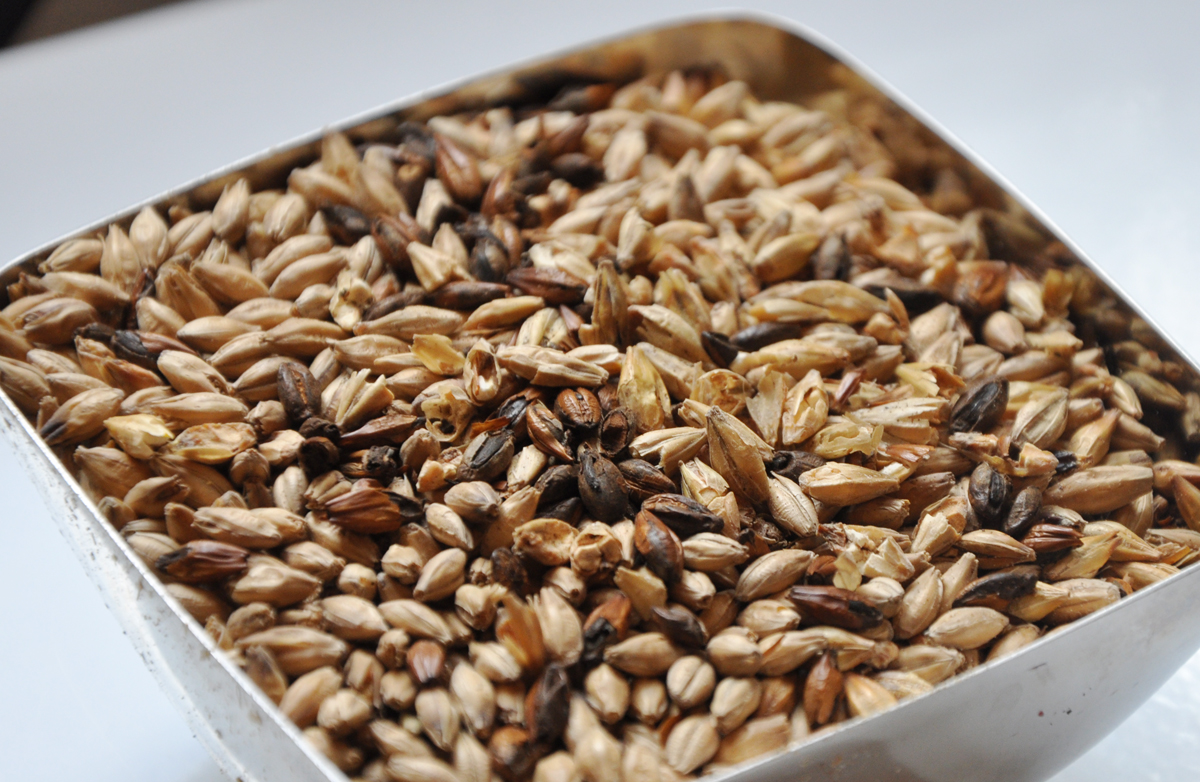Malt is a term assigned with cereal grains like wheat, rye, oats, millet, sorghum, rice, and corn that have been soaked, sprouted or germinated and dried.
The cereals are soaked in water, after which they are exposed from hot air to dry, this process promotes germination of the grains. The process is known as malting. The process allows the grains to convert the starch into sugars, such as glucose and fructose.
Malting is used for several products like flour, malted milk, malt whiskey, malt balls, smug malt in smoked beer and many more.
What Is Mashing?
Malting progresses to malting – it is the natural progression. Both malting and mashing involve the conversion of the raw ingredients through the enzymatic processes to transform them into sugar.
The major part of mashing involves protein degradation. Proteins have a high molecular weight and comprise of amino acids. And, amino acids play an essential role in healthy yeast breakdown during fermentation as these are nature’s building blocks.
Nicely malted and mashed grains will generate a wort that is high in free amino nitrogen, which is an accelerator of healthy fermentation.
Protein rest in malts comes next.
When the mash is rested at 122-131 °F for 20 minutes, before a saccharification rest (resting your mash in the 148-158 °F range for 60-90 minutes), it is known as a protein rest. It enables the breaking down of proteins and making the starches more accessible for conversion. This process ensures that larger, gelatinous proteins are broken into smaller chains.
Most malts process a high degree of breakdown during the malting process itself. Therefore, these malts may not require a protein rest.
On the other hand, under modified and moderately modified malts like barley, wheat, oatmeal, unmalted grains, and rye will benefit from protein rest. Protein rest will enable these malts to break down abundant proteins into smaller proteins and amino acids and further release the starches from the endosperm.
Fully modified malts do not require the protein rest regime as these malts have already made use of these enzymes and do not benefit from this process. Using protein rest on a grist or malts that do not require one will lead to a thin and watery beer.
List of malts that primarily require a protein rest
- Under or moderately modified malt
- Traditional recipes such as American lager or Munich Dunkel
- A significant proportion of unmalted grain
- Decoction mashes
Most malts these days are fully modified and may not need a protein rest, but if you are attempting an authentic brew, then a protein rest regime will be required.
Protein Rest Procedure
Most protein converting enzymes are active between 113 °F and 140 °F. Any higher temperature degree will deactivate the mash. Most of the protein converting enzymes will be deactivated before the temperature drops back to the protein test range.
Therefore, if temperatures are higher, it is recommended to reduce the time duration of the protein rest. The ideal temperature and duration for protein rest hover between 122-131 °F for 20 minutes.
The speed and efficiency of the starch to sugar conversion depends on the temperature and type of mash.
Diacetyl in beer is also very important in making craft beer. The protein rest would take longer, but big commercial breweries often show conversion in 10 min, but their malt is better crushed than homebrewers. They employ multi-step mashes that allow grains to absorb moisture and soften before it is introduced to high temperatures.
Traditional Decoction Mashing
Protein rest is a mandatory step in the traditional decoction mashing. Here the protein rest is enabled at 122 °F for 15 min.
Post the protein rest regime, a thick portion of the unmashed grains is separately mashed at saccharification temperatures between 148 and 158°F followed by boiling it for 30 minutes.
However, decoction mashing is slowly losing its importance due to the high energy costs it incurs.
Know about What is Craft beer and Why Craft beer is popular?
